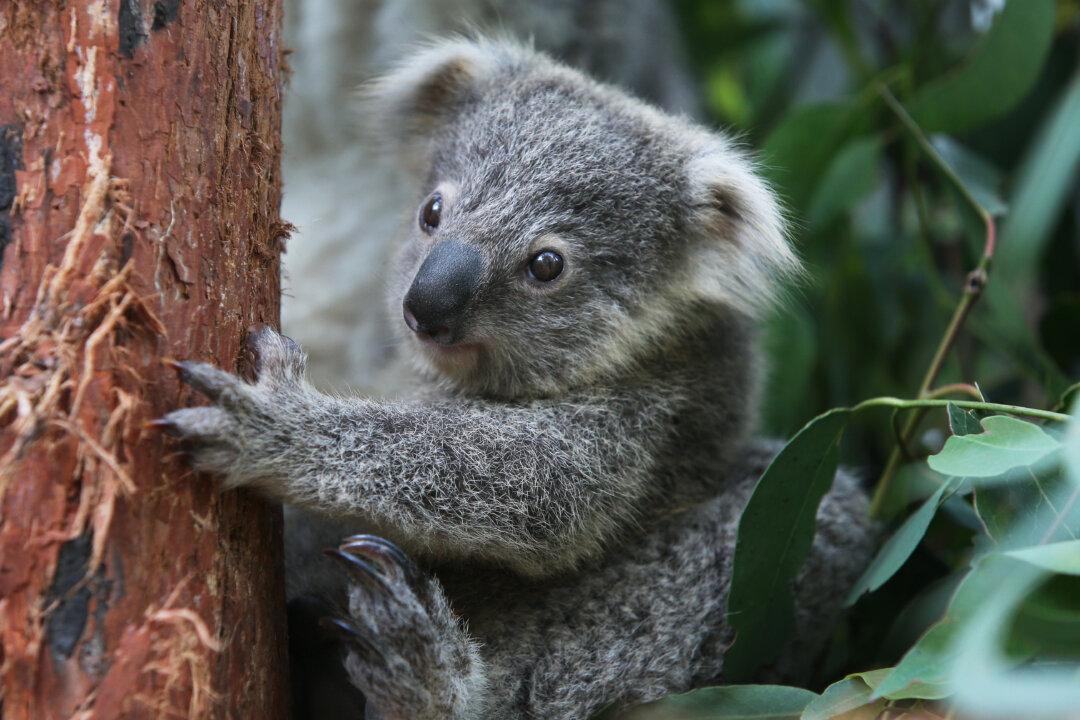Rangers at a Australian conservation sanctuary in the state of New South Wales have been shocked by what appears to be a natural miracle with the appearance of a brush-tailed rock wallaby after its mother decided to hit the pause button on her pregnancy.
The joey, the rangers believe, was conceived in October at the Aussie Ark’s wildlife sanctuary in the Barrington Tops, but the sanctuary’s curator Kelly Davis says its mother apparently halted her pregnancy for five months.





